- With standard equipment
- With safety pack
Find more information in the General Comments section of the assessment
Find more information in the Rating Validity tab of the assessment
- See More
- See More
- See More
- See More
- Good
- Adequate
- Marginal
- Weak
- Poor
 Rear Seat
Rear Seat
 Front Seat
Front Seat
- Good
- Adequate
- Marginal
- Weak
- Poor
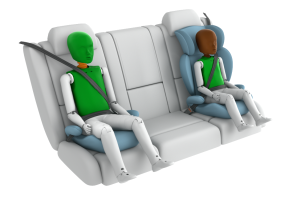
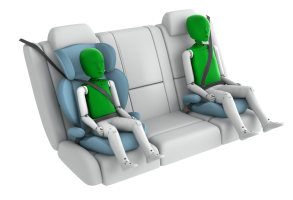
Passenger
outboard
Fitted to the vehicle as standard
Not fitted to the test vehicle but available as option
Not Available
-
i-Size CRS
-
ISOFIX CRS
-
Universal Belted CRS
Easy
Difficult
Safety critical
Not allowed
| Seat Position | |||
|---|---|---|---|
| Front | 2nd row | ||
| Passenger | Left | Right | |
| Maxi Cosi 2way Pearl & 2wayFix (i-Size) | |||
| Maxi Cosi 2way Pearl & 2wayFix (i-Size) | |||
| BeSafe iZi Kid X2 i-Size (i-Size) | |||
| Britax Römer TriFix2 i-Size (i-Size) | |||
| BeSafe iZi Flex FIX i-Size (i-Size) | |||
| BeSafe iZi Combi X4 ISOfix (ISOFIX) | |||
| Cybex Solution Z i-Fix (ISOFIX) | |||
| Maxi Cosi Cabriofix (Belt) | |||
| Maxi Cosi Cabriofix & EasyFix (Belt) | |||
| Britax Römer King II LS (Belt) | |||
| Cybex Solution Z i-Fix (Belt) | |||
Easy
Difficult
Safety critical
Not allowed
In the frontal offset test, protection of the head and neck of the 6 year child were rated as weak, based on measured decelerations and tensile forces respectively. The neck of the 10 year dummy was marginally protected. In the side barrier impact, all critical body regions were well protected. The front passenger airbag can be switched off to allow a rearward facing child restraint to be used in that seating position. The labels indicating ISOFIX anchorages were not visible to someone installing a child restraint, and the Spring lost points in this part of the assessment. Also, as a consequence of the poor marking, installation checks of ISOFIX child restraints were deemed a fail. The Spring is not equipped with i-Size anchorages so i-Size child restraints cannot be used in the vehicle.
- Good
- Adequate
- Marginal
- Weak
- Poor

Head Impact 12.2 Pts
Pelvis Impact 3.3 Pts
Leg Impact 5.8 Pts
The protection provided by the bonnet to the head of a struck pedestrian was predominantly good or adequate, with poor results recorded on the stiff windscreen pillars. The bumper provided good or adequate protection to pedestrian's legs at all test positions. However, protection of the pelvis was mixed, some locations offering good protection and others poor. The autonomous emergency braking (AEB) system reacts only to other vehicles and does not detect vulnerable road users such as pedestrians and cyclists
- Good
- Adequate
- Marginal
- Weak
- Poor
| System Name | Speed Limiter |
| Speed Control Function | Manually set (accurate to 5km/h) |
| Applies To | Front and rear seats, including third row | ||
| Warning | Driver Seat | Front Passenger(s) | Rear Passenger(s) |
| Visual | |||
| Audible | |||
| Occupant Detection | |||
|
|||
| System Name | Active Emergency Braking | |||
| Type | Autonomous emergency braking and forward collision warning | |||
| Operational From | 7 km/h | |||
| Sensor Used | radar | |||
A seatbelt reminder system is standard for all seats but the vehicle lacks a fatigue-detection system. Lane assistance is not available on the Spring. A driver-set speed limiter is standard. The autonomous emergency braking (AEB) system showed marginal performance in tests of its reaction to other vehicles.
- Specifications
- Safety Equipment
- Videos
- Rating Validity
Specifications
Tested Model Dacia Spring, electric, LHD
Body Type - 5 door hatchback
Year Of Publication 2021
Kerb Weight 970kg
VIN From Which Rating Applies - all Springs
Class City and Supermini
Safety Equipment
Note: Other equipment may be available on the vehicle but was not considered in the test year.
Fitted to the vehicle as standard
Fitted to the vehicle as part of the safety pack
Not fitted to the test vehicle but available as option or as part of the safety pack
Not available
Not applicable
Videos
Rating Validity
Variants of Model Range
| Body Type | Engine & Transmission | Model Name/Code | Drivetrain | Rating Applies | |
|---|---|---|---|---|---|
| LHD | RHD | ||||
| 5 door hatchback | 33 kW electric | Dacia Spring E2 Comfort Plus* | 4 x 2 |  |
- |
* Tested variant

Find more information in the General Comments section of the assessment
 Share
Share
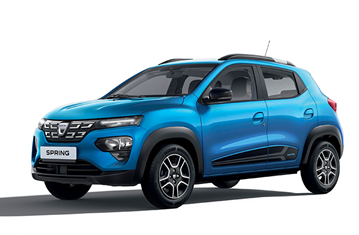
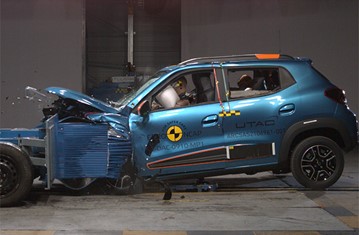
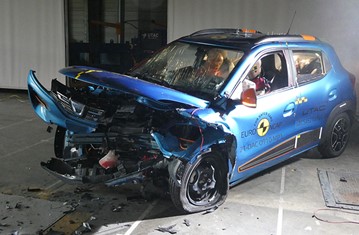
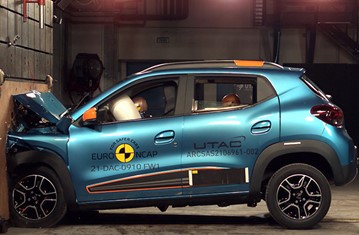



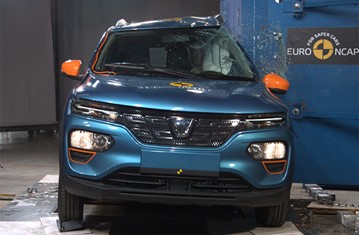



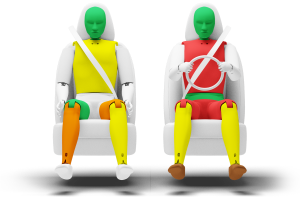
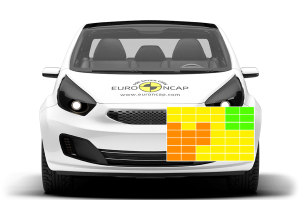
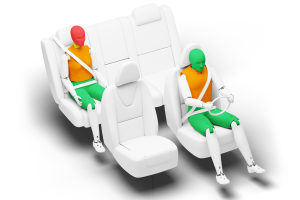


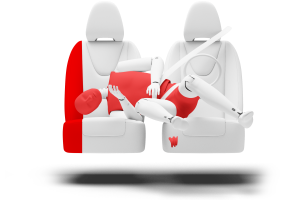
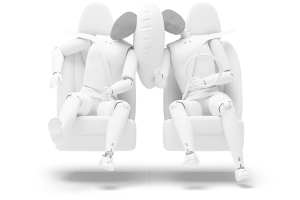
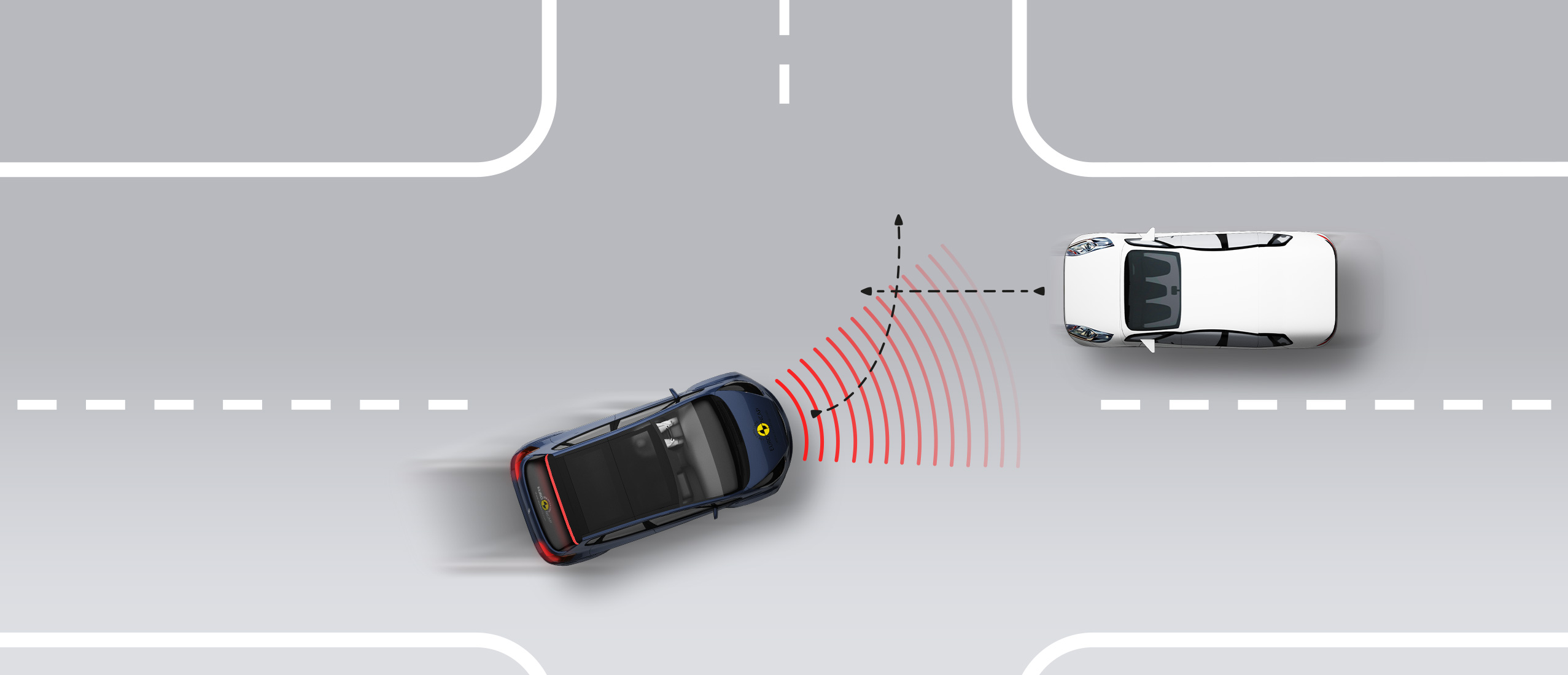
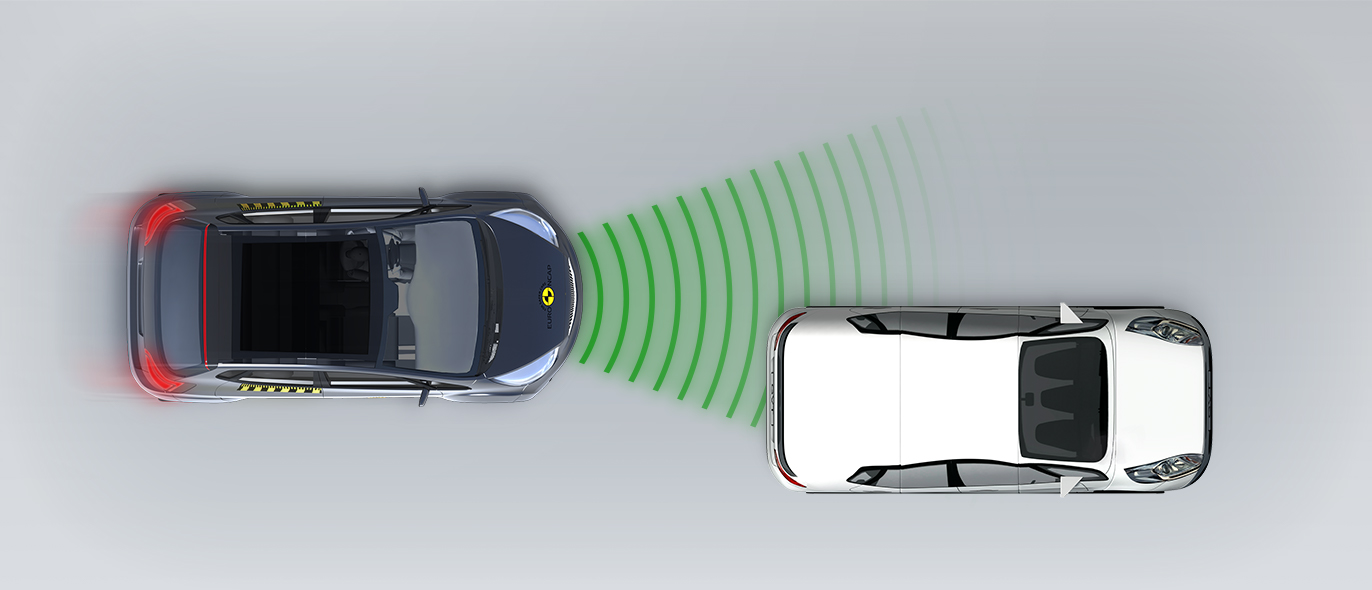
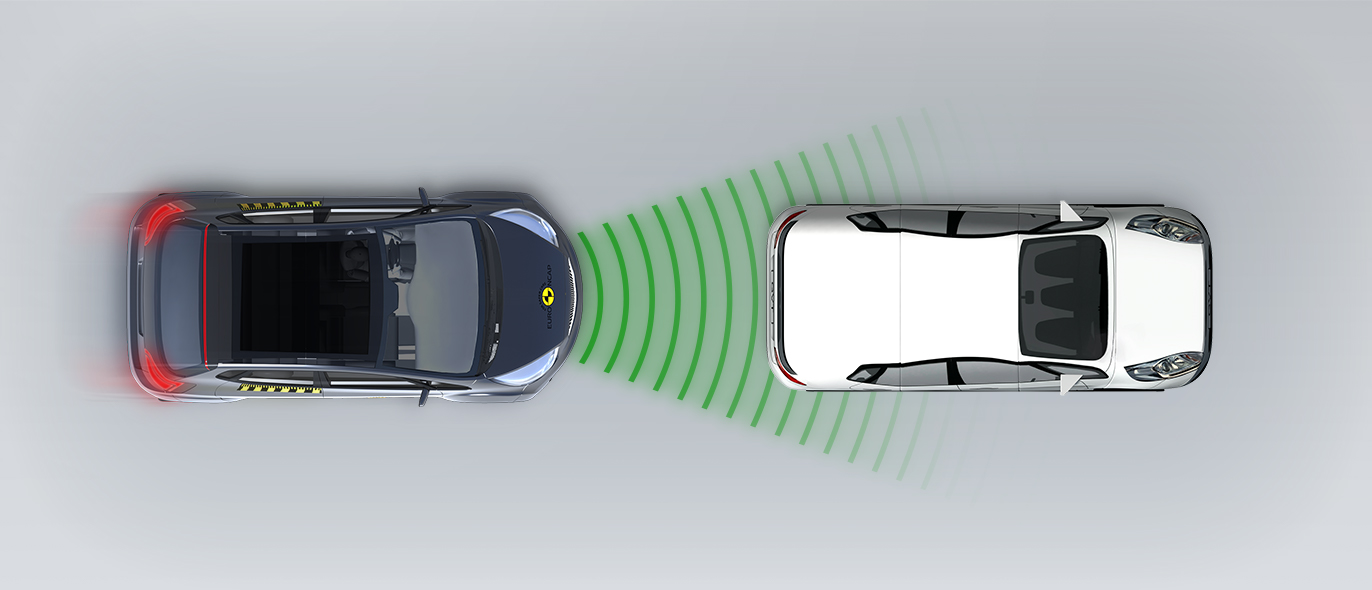
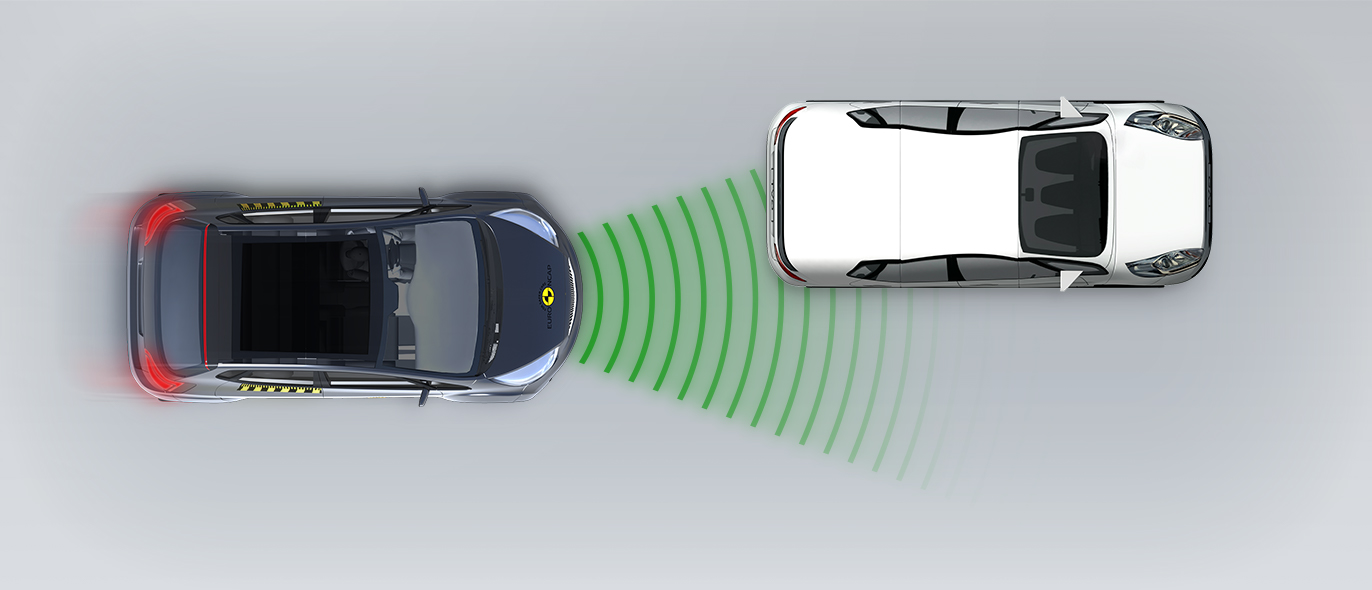
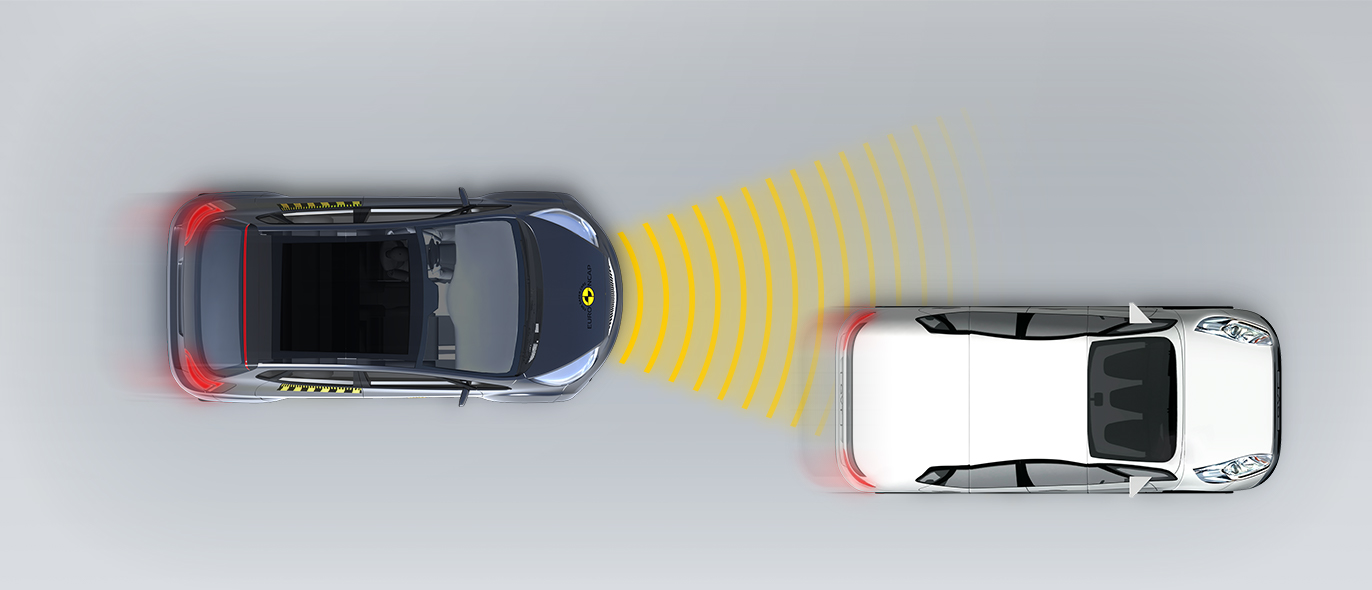
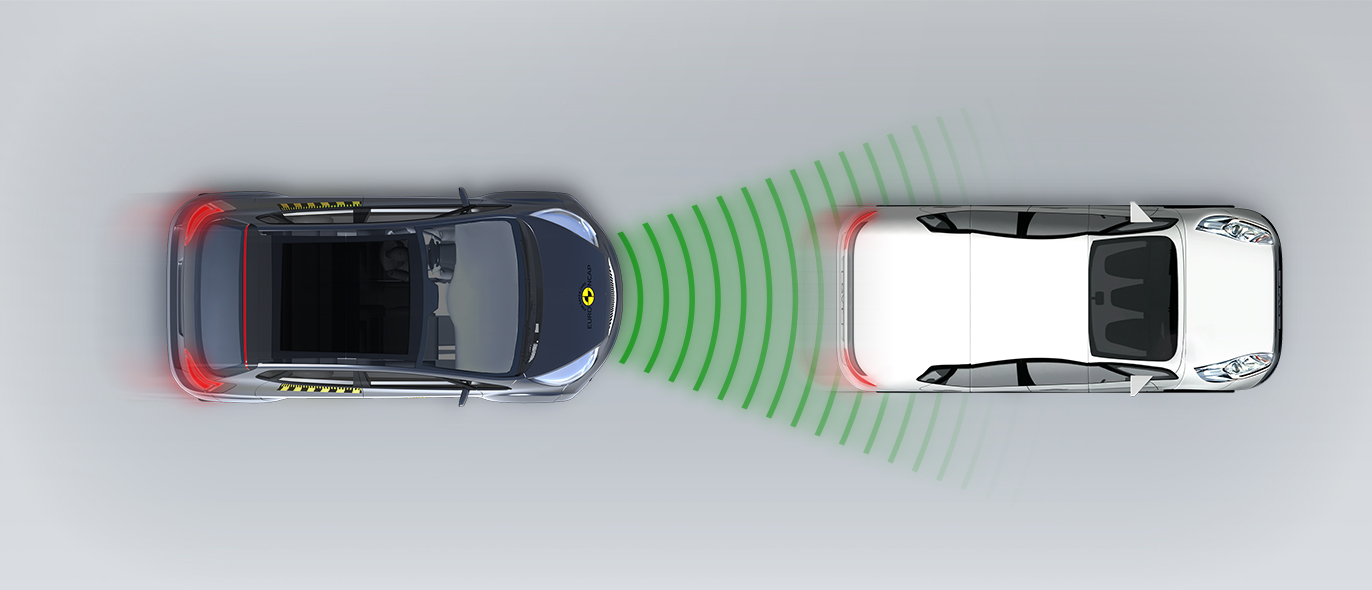
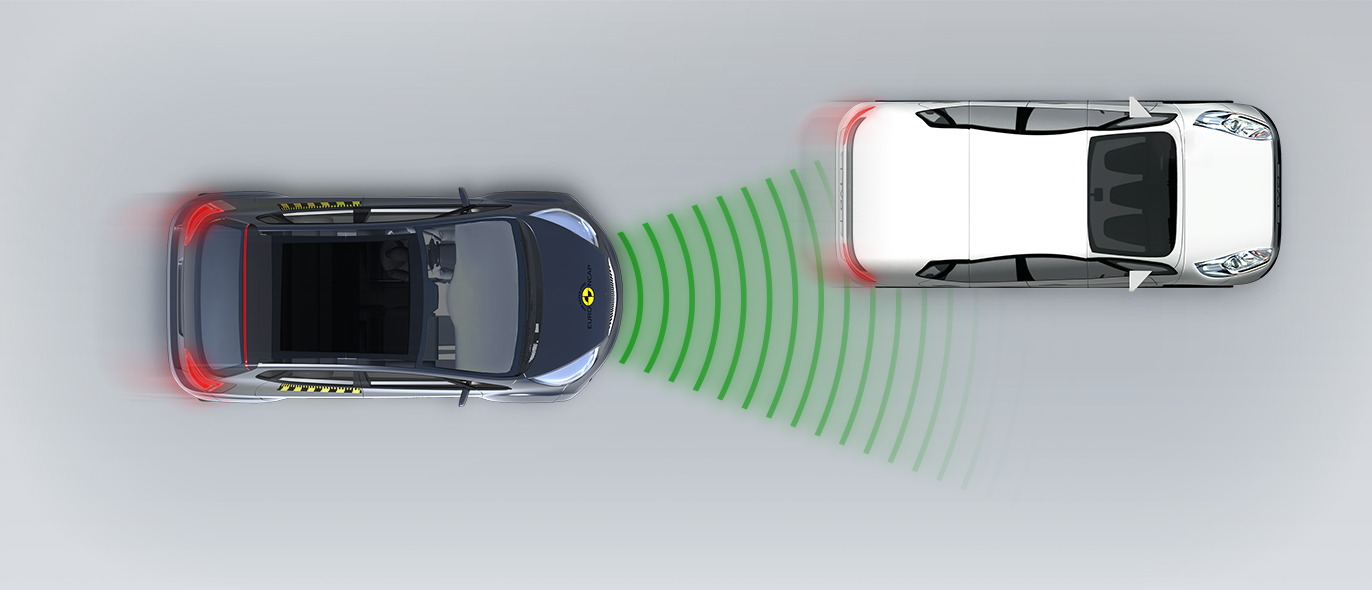

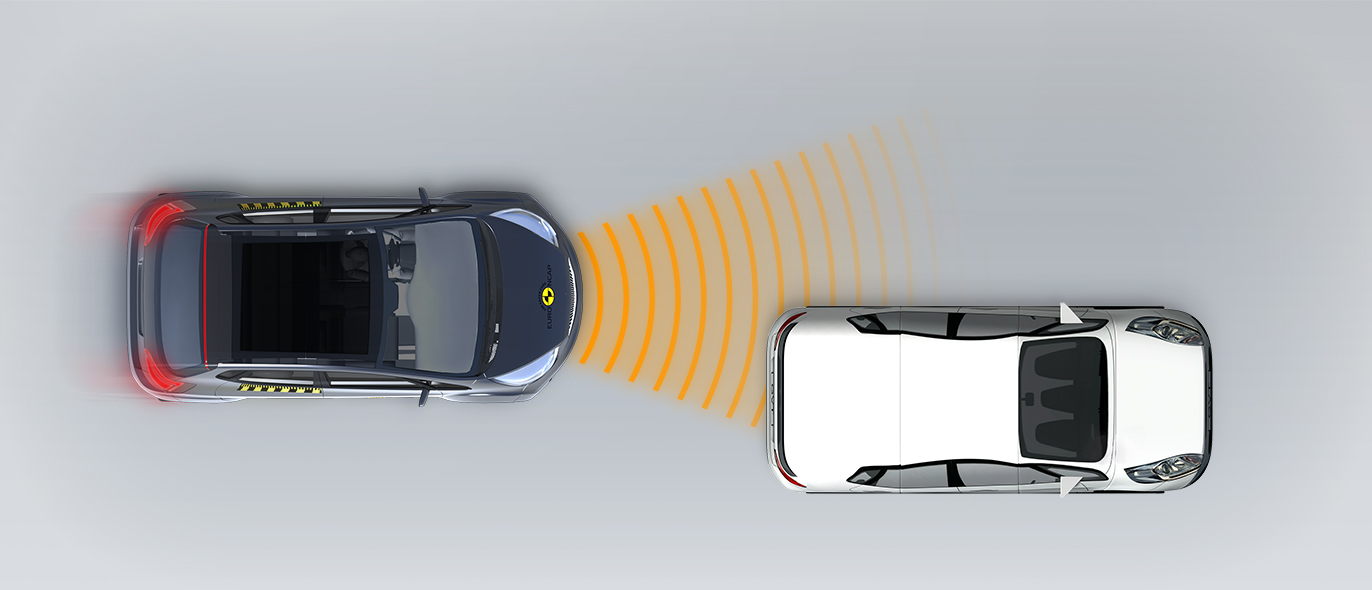
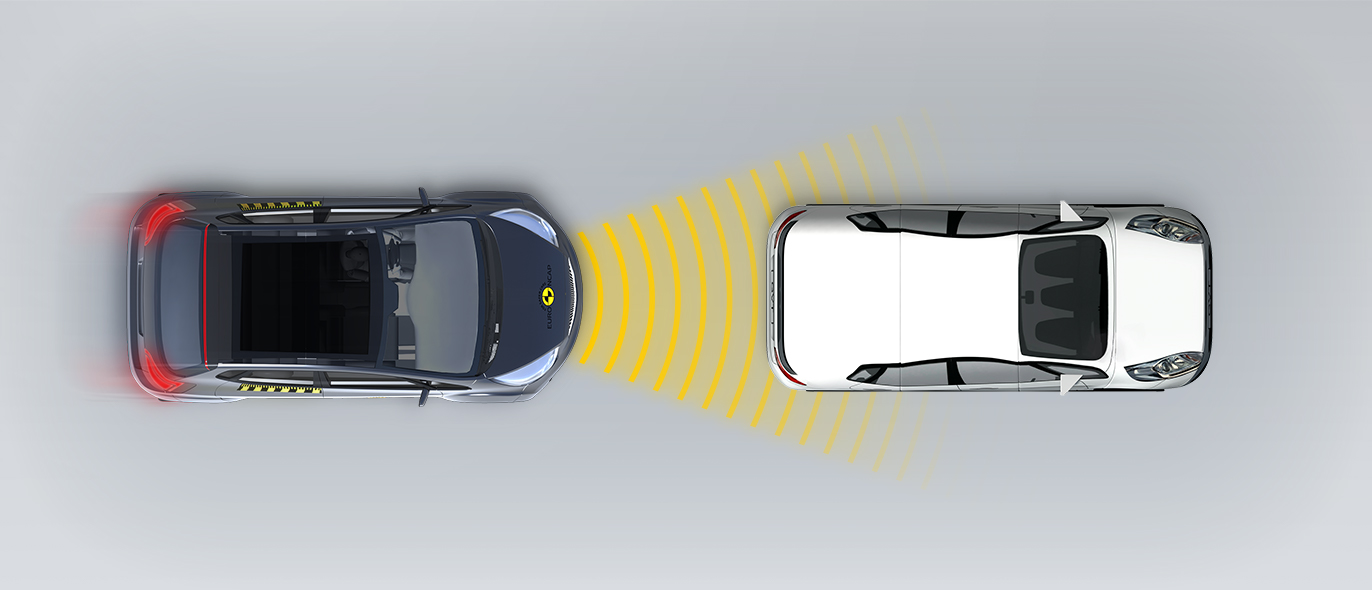
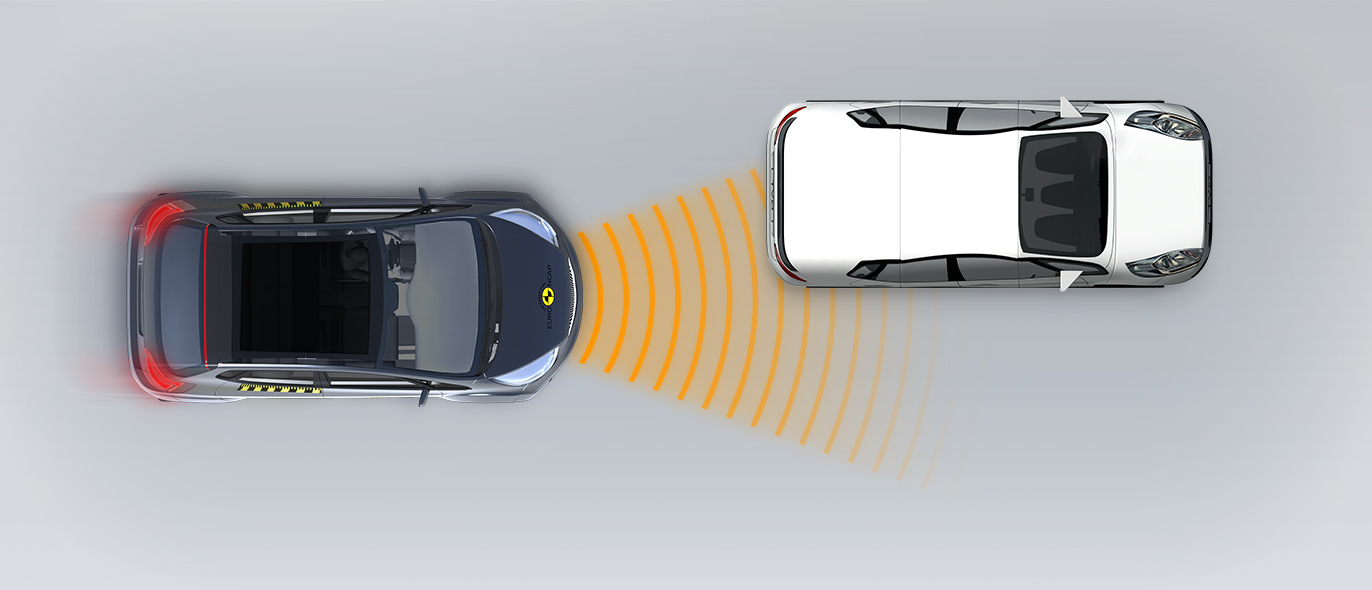
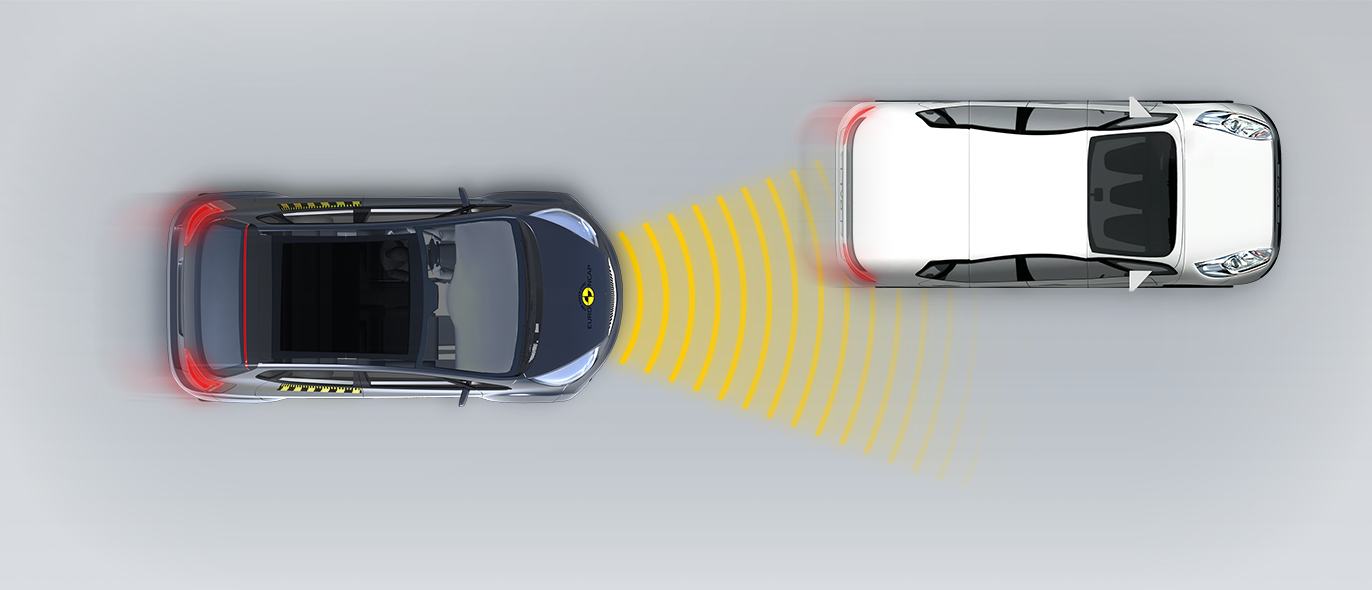

The passenger compartment of the Spring remained stable in the frontal offset test. Readings of several parameters in the dummies’ legs were high, indicating poor protection, and structures in the dashboard presented a risk of injury to occupants of different sizes and to those sitting in different positions. Protection of the driver dummy’s chest was also rated as poor, based on readings of chest compression during the test. The pelvis of the driver was also poorly protected with dummy readings exceeding recommended values. Analysis of the deceleration of the impact trolley during the test, and of the deformation of the barrier afterwards, revealed that the Spring would be a benign crash partner to other vehicles. In the full width rigid barrier test, the head of the rear passenger was penalised for the extent to which it moved forward, and protection was rated as poor. Chest protection of both occupants was rated as marginal, based on measurements of compression. In both the side barrier test and the more severe side pole impact, rib compression indicated marginal levels of chest protection, but that of other critical body areas was good. The Spring is not equipped with a centre airbag to protect against occupant to occupant injuries in side impacts. Tests on the front seats and head restraints demonstrated good protection against whiplash injures in the event of a rear-end collision. However, a geometric assessment of the rear seats indicated poor whiplash protection. The Spring has an advanced eCall system which partially fulfilled Euro NCAP’s requirements, and the car has no multi-collision braking system to prevent secondary impacts. The score was penalised for the high forces needed to open the door post-impact.